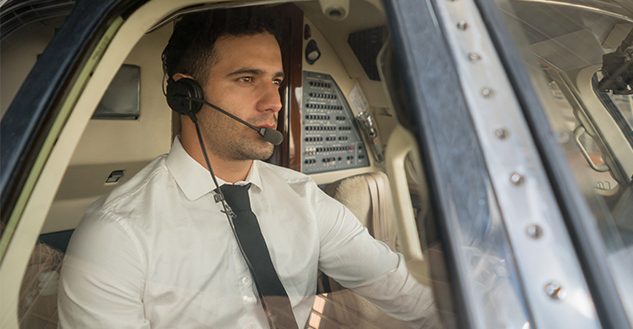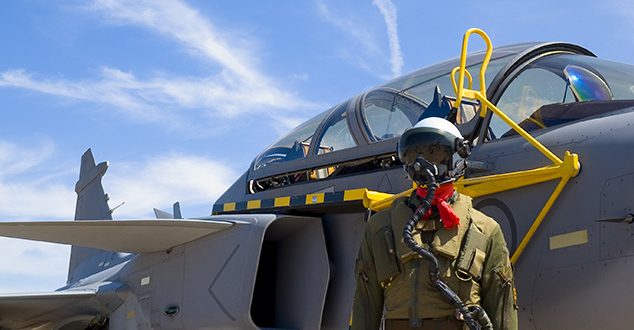Salary of a Commercial Airline Pilot
A commercial airline pilot enjoys the benefits of fun, travel, adventure, and a high salary. Paragon Flight offers top-shelf training for all levels of experience, with a special program—the P3 Professional Pilot Program—designed for ambitious, airline-bound candidates with a strong drive, ambition, and healthy work ethic.
 The flight training needed to become a commercial airline pilot begins with a Private Pilot License (PPL) and culminates with an Airline Transport Pilot (ATP) certification. However, training never really ends since pilots have to go through routine training to maintain skills and learn about the features of different aircraft. Paragon Flight provides all of the training needed in an environment that is conducive to success.
The flight training needed to become a commercial airline pilot begins with a Private Pilot License (PPL) and culminates with an Airline Transport Pilot (ATP) certification. However, training never really ends since pilots have to go through routine training to maintain skills and learn about the features of different aircraft. Paragon Flight provides all of the training needed in an environment that is conducive to success.
Paragon Flight has FAA authorizations under Federal Aviation Regulations (FAR) Parts 61 and 141. We can curate a path particular to your circumstances that will allow you to achieve your goals as quickly and cost-effectively as possible. The P3 Program is one unique way for certain driven candidates to progress rapidly toward earning the needed credentials.
The P3 Program – Hastened Pathway Toward Commercial Pilot Licensing
The P3 Program is an intense course in which students are expected to learn a great deal of information and master many skills through dense, quality training over a period of 38 weeks. We manage the experience by breaking the program down into four distinct phases, with earning specific credentials as the culminating feature of each stage.
Private Pilot License (PPL) – WEEKS 0-10
The first phase of the P3 Program is essential to developing a solid foundation for future training. Learning the ins and outs of aerodynamics, weather conditions, airport and airspace procedures, and more takes time, so this phase is the longest of the program’s phases. We emphasize the practice of good habits and begin with best practices from the start to prevent unlearning bad habits in the future.
Instrument Flight Rating (IFR) – WEEKS 11-18
The next phase of the program trains pilots to fly using Instrument Flight Rules when weather, clouds, etc., limit visual conditions. Expertly using navigation and communication tools and aircraft systems is essential for any successful commercial pilot, especially airline pilots.
Commercial Single-Engine and Multi-Engine Licenses (CSEL/CMEL) – WEEKS 19-30
The third phase culminates in participants achieving their commercial licenses for flying single-engine and multi-engine aircraft. We prepare participants to a level of mastery that every professional should exhibit.
Certified Flight Instructor (CFI) – WEEKS 31-38
The program doesn’t end with commercial licensing, though. We also offer a stage to provide participants with a strong entrance into the field. Learning to train others to fly safely is a skill. Acting as a flight instructor is an excellent option for pilots entering the field professionally. They can work toward accruing the 1,500 flight hours needed to apply with an airline since the hours spent training count toward that total. Additional benefits include skill mastery because every teacher knows you become better through teaching and being able to share your passion with others.
The salary of a commercial airline pilot keeps increasing as the demand for qualified pilots continues to grow. Click here to take advantage of that opportunity by pursuing the P3 Program at Paragon Flight.




